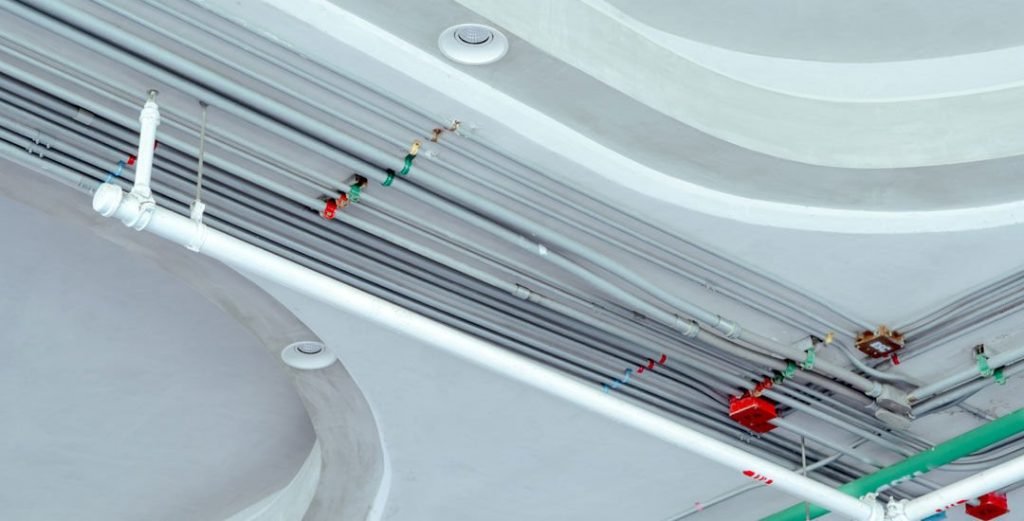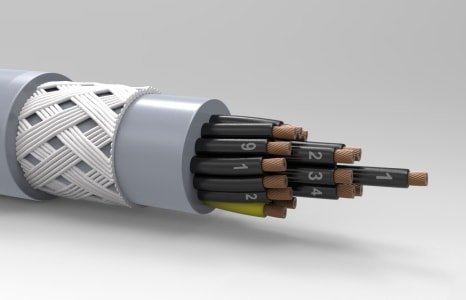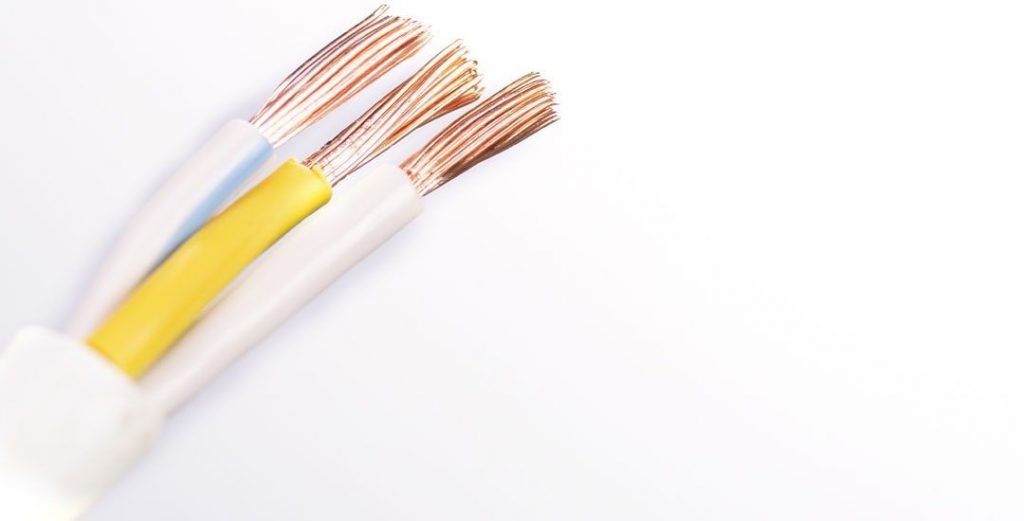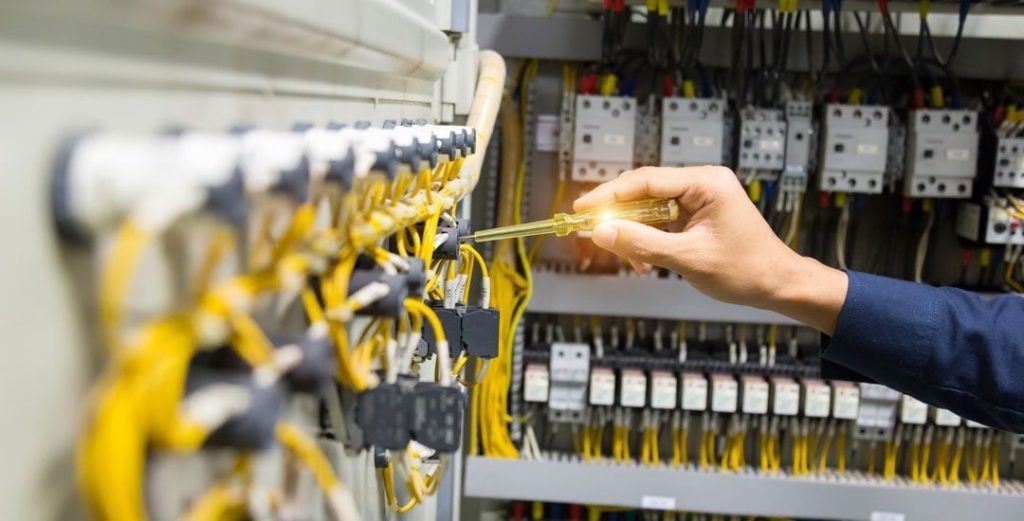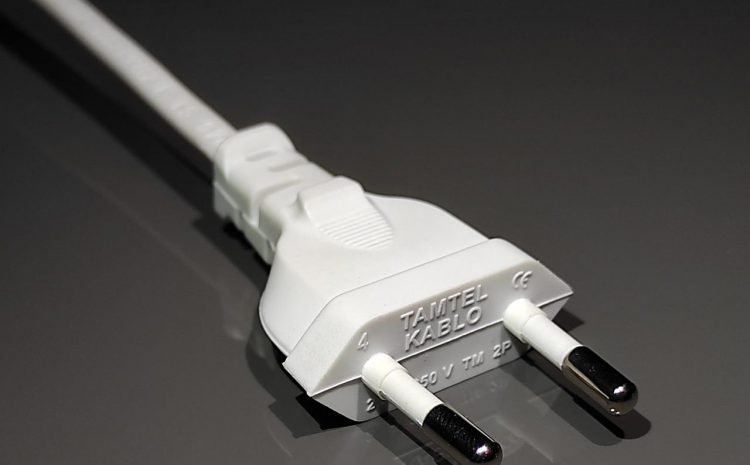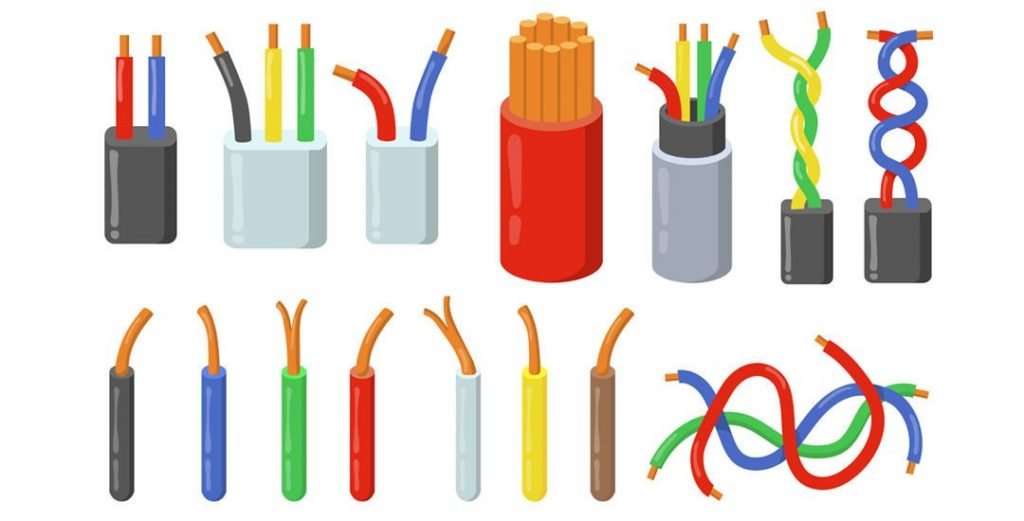
In Which Network Topology Coaxial Cable Is Used?
The network topology or configuration of the network should actually be considered as the key to determining its performance. Network topology is the name given to the way a network is organized, including logical and physical explanations of how nodes and connections are set up to interact with each other.
While each of the countless ways to organize a network can be used, each has its own pros and cons. Network topology managers must consider the size and scale of jobs, goals and budget when choosing from a variety of alternatives. Various tasks are included in effective network topology management, including configuration management, visual mapping, and performance monitoring.
Network topology shows how the various nodes, devices, and links in the network are arranged logically or physically in relation to each other. The physical network topology describes the interconnections between nodes and the network, with wires, cables, and similar physical connections. Logical network topology, on the other hand, is a more abstract and strategic concept about why and how the network is organized and how data moves in it.
Why is Network Topology Important?
The layout of the network plays an extremely important role in how and how well the network works. When the right topology is selected, resources can be allocated more effectively on the network to locate faults, eliminate faults and obtain the best network health, and performance can be increased. Streamlined and well-managed network topology can increase energy and efficiency and reduce operating and maintenance costs.
The topology and structure of the network is often displayed and manipulated in the network topology diagram generated by the software. These diagrams allow connections between devices to be seen during troubleshooting. Thus, it is important to understand how visual representations of both logical and physical orders can be provided.
The physical network topology shows the actual connections, such as wires, cables, about how the network is arranged. Installation, maintenance, and provisioning tasks require knowledge of the physical network.
The logical network topology, on the other hand, provides a high-level idea of how the network is set up, including which nodes are connected to each other and how they are transmitted through the network using which paths. It also includes virtual and cloud resources.
Most Common Network Topology Types
There are several different types of network topology products, but all may be suitable for different purposes depending on the overall network size and goals.
Star Topology
It is the most widely used topology, and the communication of devices connected to a switch or hub in the center is realized through the device in the center. The data coming out of a sender connected to the network is sent to the receiving device after it arrives at the hub or switch in the center. Any problem in the hub or switch will affect the entire network.
Twisted-pair cables are used in the star topology where the switch distance of the devices at the hub is at most 100 meters.

